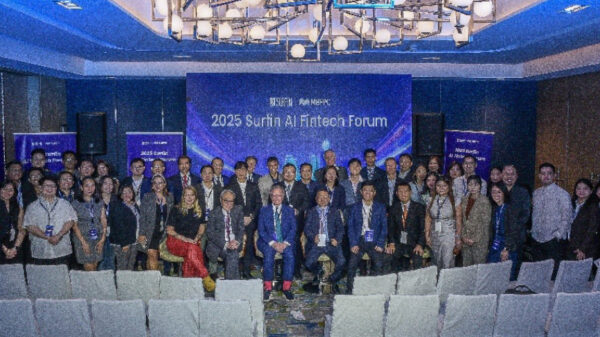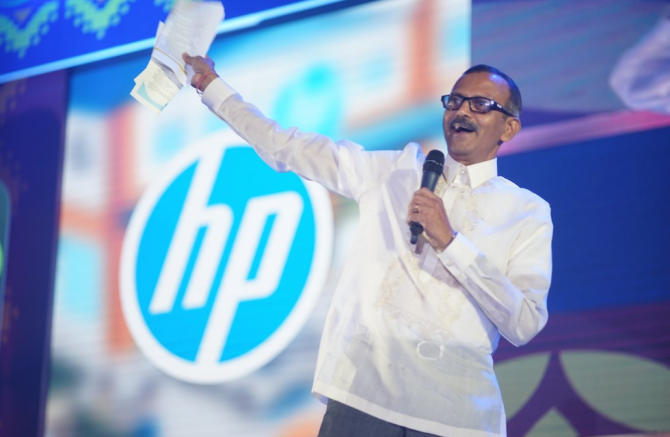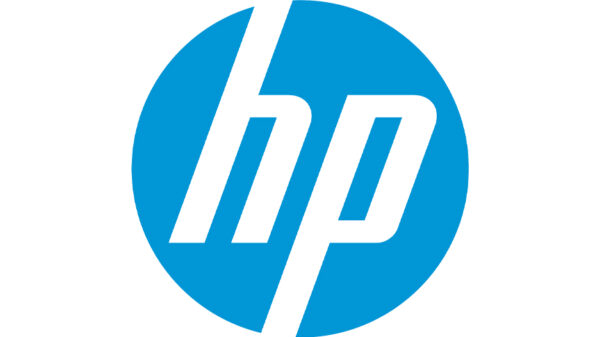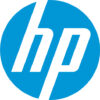By Pallasena Viswanath, Managing Director, HP Philippines Inc.
Over the centuries, mankind used the printed word as a way to exchange ideas, share histories, keep records, and entertain others. As the world became more digital, many assumed that printing would become essentially obsolete. However, printing remains as important today as it was decades ago.
To prove this, HP even conducted a “print deprivation” experiment with participants from the US, India, and Singapore. They were challenged to live for two days without any printed materials such as newspapers, books, labels, packaging, and even ID cards. Sure enough, the participants admittedly had a difficult time throughout the experiment, cementing the importance of printed materials in our daily lives.
In the Philippines, print remains to be a vital requirement in communication across businesses. We may have gone more digital over the years, but the amount of information we print day by day remains to keep the PH print industry relevant. The local market is one of the fastest growing among the Asia Pacific*, with the print industry standing strong with around 3,000 printing businesses, 30 of which are part of the country’s top 1,000 corporations of 2016**. This only goes to show that despite the rise of digital technology today, print still proves to be a vital component in the way we function and go about our daily lives.
What has changed is the way people think about printing and the potential impact their actions may have on businesses and the environment. At HP, we’ve been working to reduce the amount of materials used to make our printers and phase out substances of concern in those products.
We continue to innovate with solutions such as HP Managed Print Services, which helps customers optimize, manage, and improve their printer fleets and digital workflows by combining hardware, supplies, software, and services. This service can help organizations reduce printing-related energy usage by up to 40 percent, decrease imaging and printing costs by up to 30 percent, and lower paper waste by 25 percent or more.
We’re doing our own part in making sure that the HP community prints responsibly and efficiently, by participating in the HP Planet Partners Program, wherein we collect used HP cartridges and hand them over to HP Planet Partners for recycling.
HP has also worked on growing its print business through its acquisition of Samsung Electronics Co., Ltd.’s printer business in a deal valued at $1.05 billion. With Samsung, HP now offers the industry’s strongest portfolio of A3 multifunction printers that deliver the simplicity of printers with the high performance of copiers.
Print security is another aspect that we especially focus on. In today’s rapid and extensive digital transformation across all industries worldwide, securing a company’s network and endpoints has become an indispensable part of managing business risks, including the often overlooked printer. In offices, printers are used for highly confidential documents and have access to the network, making it a prime target for cyberattacks. This is why we continuously develop security solutions and advanced products to help organizations remain secure in their everyday printing which can allow them to save on cost and minimize disruptions to their work.
Digitizing supply chains and production
To achieve the quantum improvements in environment performance we all want, we must reinvent the very nature of printing.
One way HP is doing this is by developing commercial print solutions that help organizations shift from analog to digital printing. These solutions, which are already in use around the world, enable on-demand, customized printing of materials, including marketing collaterals, labels, signage, and packaging, that helps companies create more tailored materials with less waste.
For example, companies like Coca-Cola, Emerald, and Nestle have used HP Indigo digital presses to create highly-customized and personalized packaging for their products – delivering unique content targeted to specific audiences in an efficient and cost-effective way.
But HP’s commercial printing solutions are more about than just customization – they also help companies reduce the environment impact of printing.
For example, with HP PageWide Web Presses there are no plates or shells to produce, store, nor dispose of after print job is completed. Digital printing doesn’t create “make ready” waste at the start of production, unlike traditional analog technologies. HP PageWide Web Presses also use water-based ink technology and specially engineered bonding agents that do not require hazard labels – helping create a better work environment than in many analog printing workplaces.
By enabling companies to print materials where and when they need them, digital printing also eliminates storage, packaging, and shipping costs, and lowers greenhouse gas (GHG) emissions related to transporting materials.
Changing the publishing business
One of the key industries being transformed by digital printing is the book publishing business.
Traditional printing processes usually require very large production runs to be economically feasible. Unfortunately, publishers oftentimes overestimate demand. Courier Corporation, a full-service book manufacturing and specialty book publishing company, is a good example. One of its subsidiaries, Dover Publications, specializes in reissuing books that are no longer in print by their original publishers. Dover has a specialized book list that covers a wide variety of subjects, including literature, history, sciences, and even sheet music, with variable print sizes and run lengths.
By shifting to digital on-demand printing, the publisher has been able to cut inventory by 28 percent, reduce warehouse space by 19 percent, and bring 1,100 titles back into print through on-demand processes.
Reinventing the Future
HP has continued to look for ways to transform how whole industries design, make, and distribute products – now focusing on digitizing time production across all industries. And the technology is doing it in a more efficient, economical, and environmentally-conscious way.
3D printing can reduce the amount of materials, time, and costs needed to make a finished part by realizing complex shapes or redesigning complex assemblies into a single part. HP itself uses 3D printing in the design and manufacture of parts for the HP Multi Jet Fusion system.
According to a Deloitte University Press report, BMW, an HP Multi Jet Fusion customer, has reduced tooling costs by 58 percent and project time by 92 percent. A BSR case study on aerospace manufacturing indicates that 3D printing can lower raw materials waste up to 40 percent. And Nike has reported that using additive manufacturing to make certain shoe models has reduced waste by 80 percent.
Additive manufacturing can also lower the environmental impact of design and manufacturing. According to Siemens, which uses 3D printing to create industrial gas turbines, the company has reduced GHG emissions by 30 percent and resources used throughout the production process by 63 percent.
By helping companies better match supply with demand, 3D printing also eliminates the overprovisioning of materials, parts, and finished products. Companies can now create virtual inventories in which products are made as needed, rather than physically stored for later use – or worse, never used at all. Similar to what digital printing has done to eliminate make-ready waste, inventory, and material use in two dimensions, we also expect 3D printing to transform manufacturing.
And since companies can now transmit digital files for production locally rather than shipping physical goods, 3D printing can also reduce emissions related to distribution. According to a study published in the Energy Policy journal, by shifting to more localized supply chains, 3D printing could reduce as much as 525.5 million metric tons of C02e emissions by 2025, the equivalent of taking more than 110 million passenger vehicles off the road for a year.
The need and desire for printed materials is not vanishing in our tech-driven world, but technology is changing how the world prints. Through more sustainable product innovations, lower carbon- and energy-intensive business models, and by fundamentally transforming supply chains and entire industries, HP is reinventing printing for a better world.
















































































































